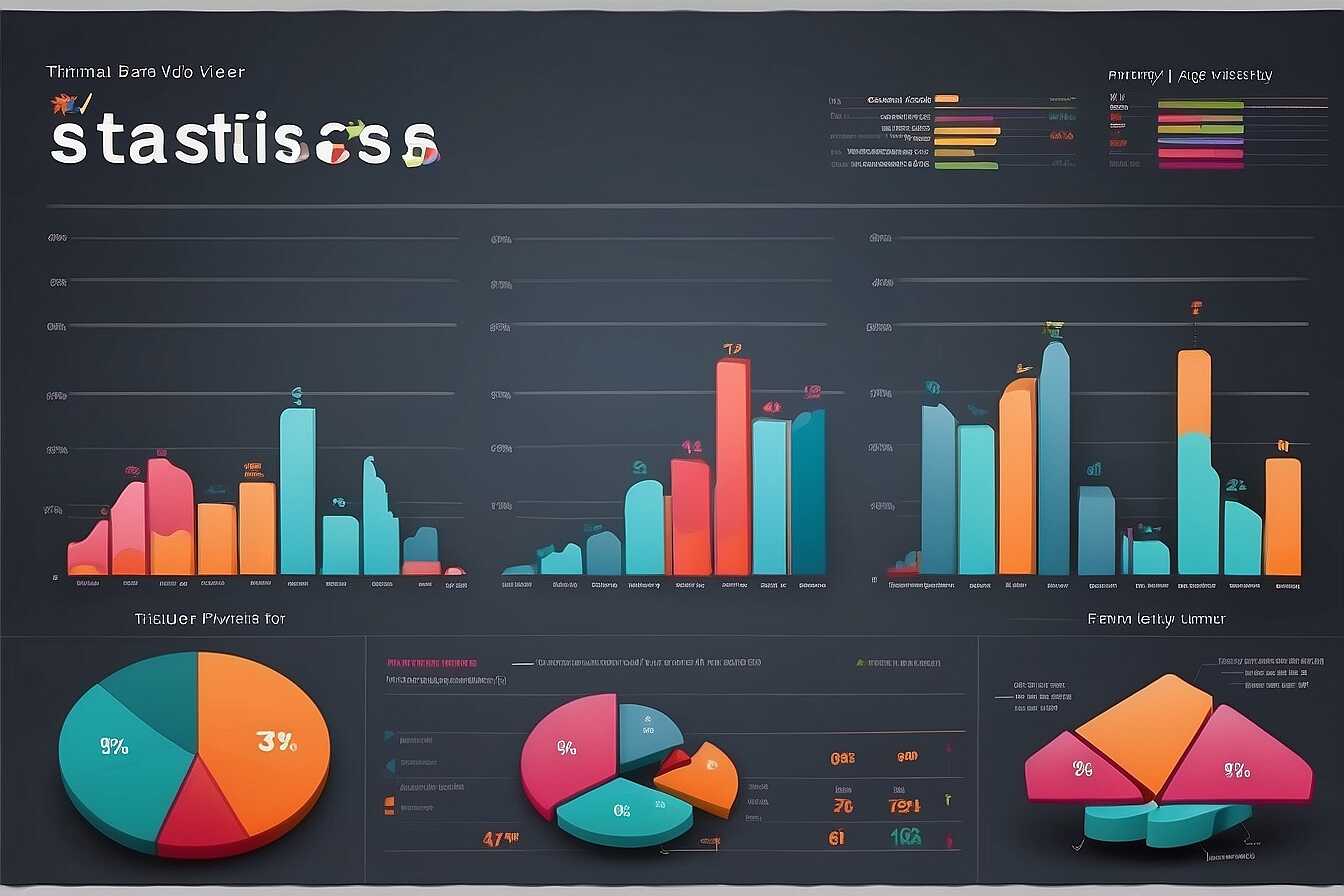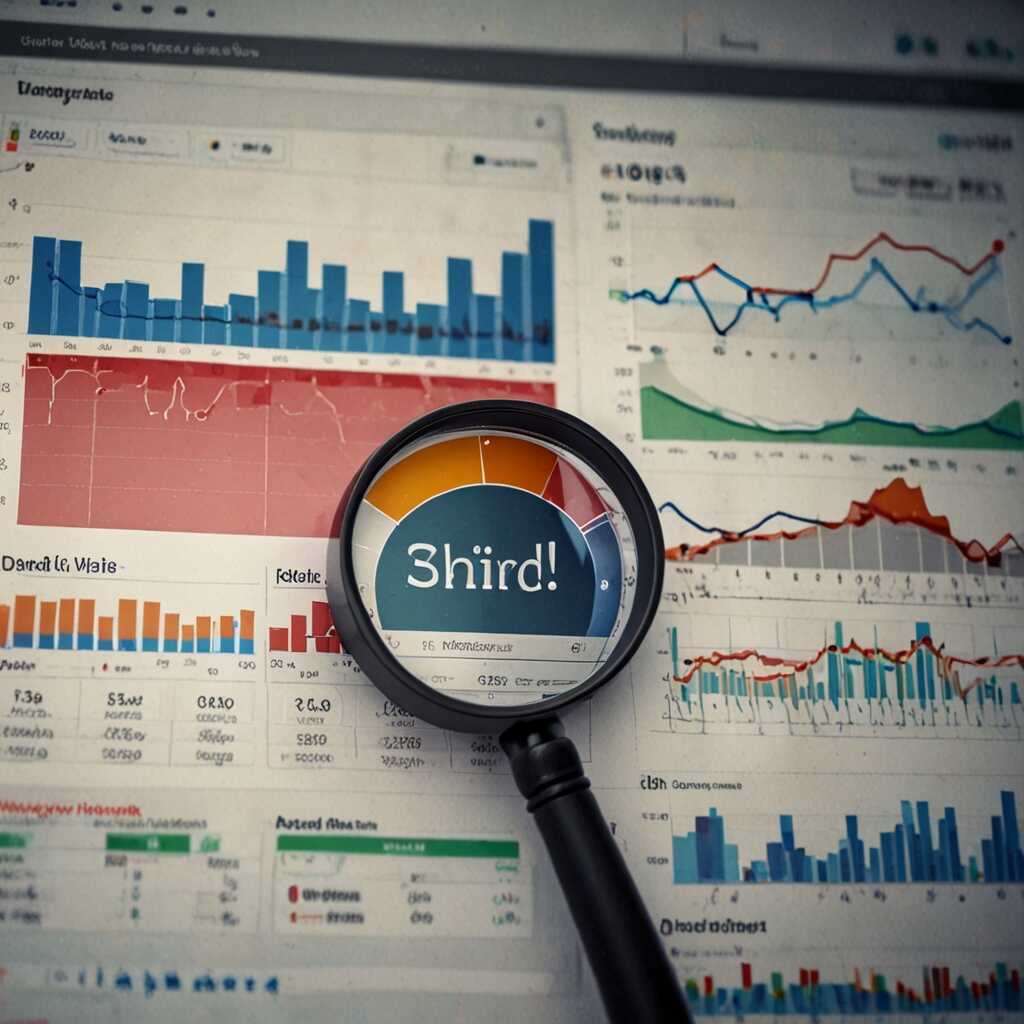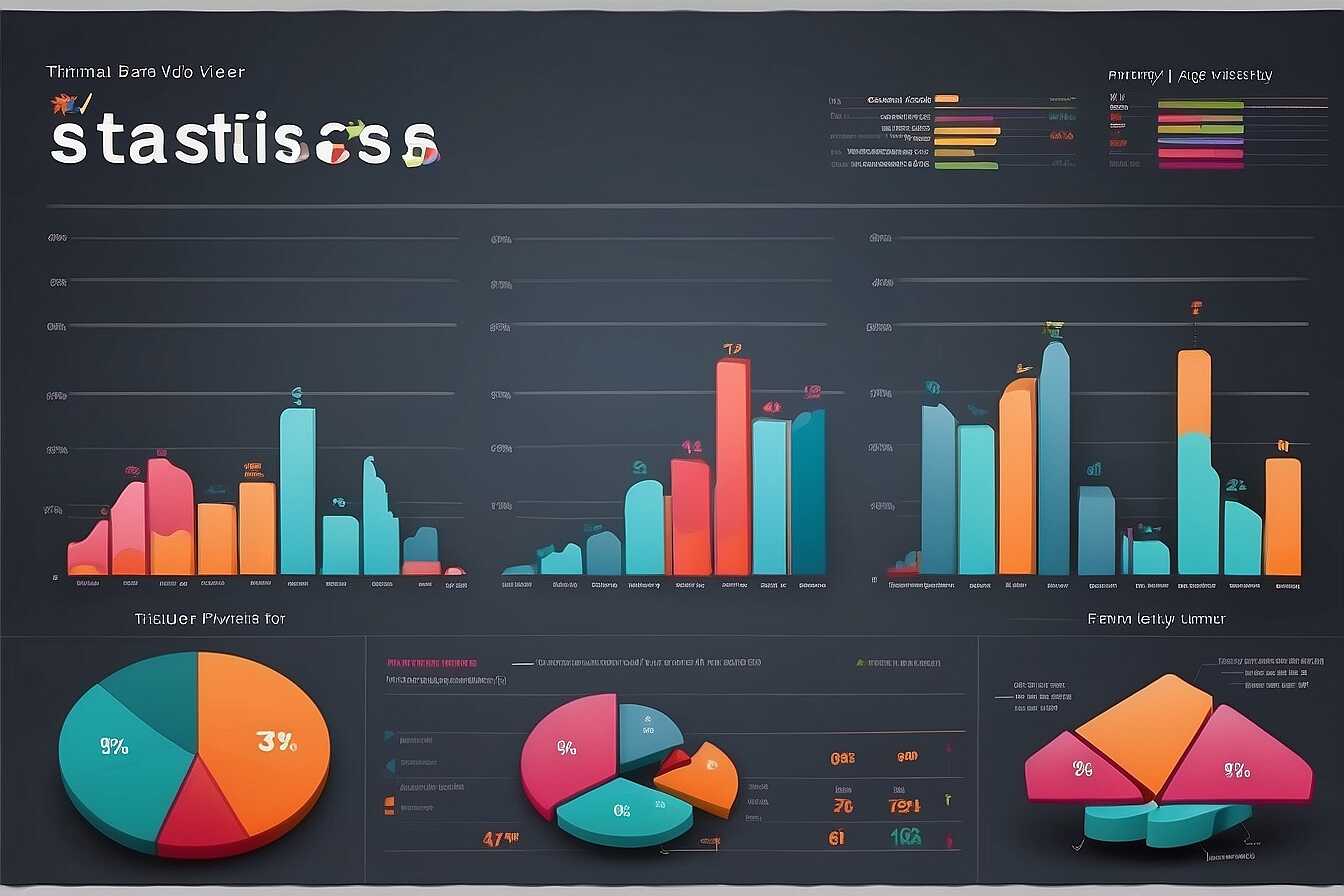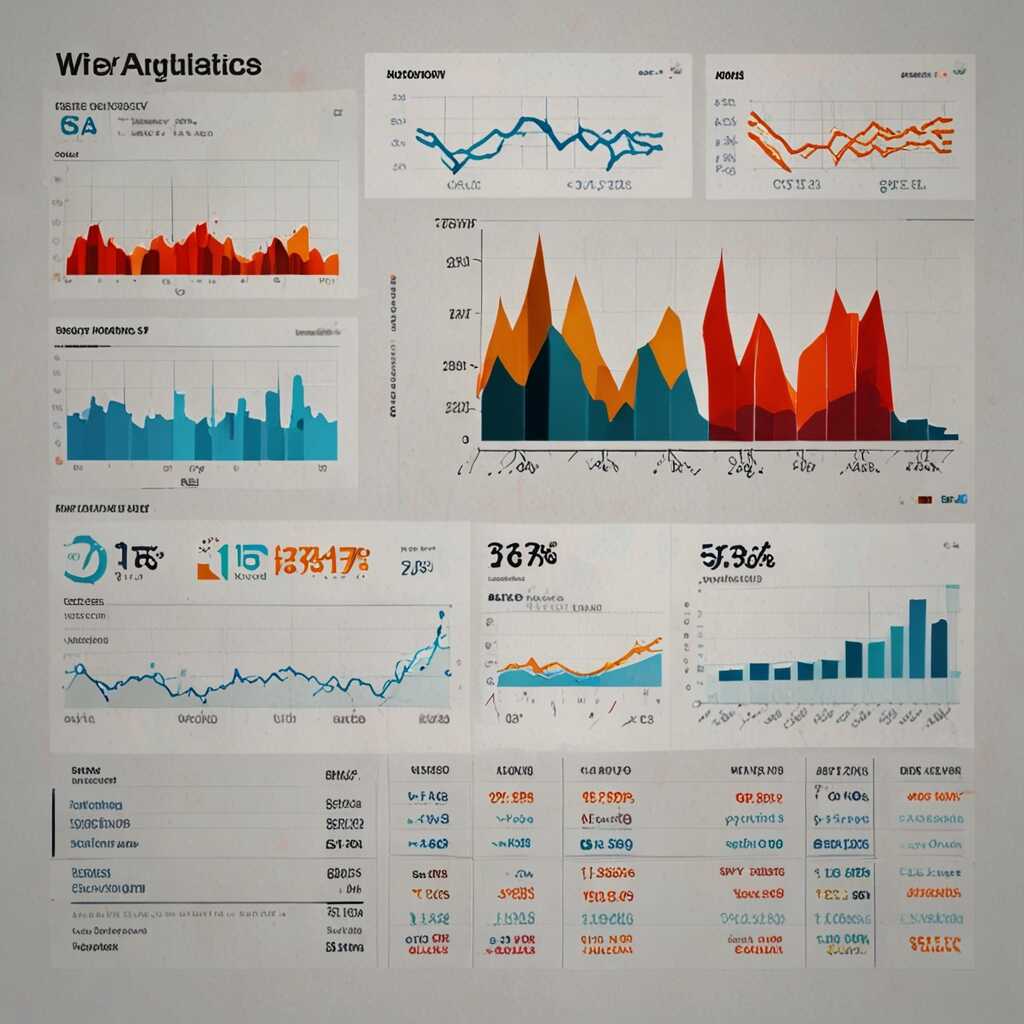Lazy loading significantly boosts page load speed and enhances user experience by deferring the loading of images and other resources until they are needed. This practice helps websites load faster and engage users more effectively, which is crucial in today’s digital landscape. At Metrics Rule, we understand that optimizing website performance through techniques like lazy loading can lead to improved SEO outcomes and user satisfaction. By implementing lazy loading, businesses can not only reduce bounce rates but also elevate their rankings in search engine results.
Defining Lazy Loading and Its Mechanism for Websites
Lazy loading is a website optimization technique that postpones loading non-essential resources until they are needed. This method significantly improves initial page load speed by ensuring that only the critical content appears when a user first accesses a webpage. As users scroll down, images, videos, and other media elements are loaded dynamically. Lazy loading enhances resource management on web pages, enabling websites to handle more traffic efficiently while ensuring a smooth user experience. This technique can provide improvements in load times of several seconds, making it a reliable tool for developers and digital marketers looking to enhance their website’s performance.
How Lazy Loading Works in Detail
Lazy loading works by using JavaScript to detect when a user is about to scroll to a certain part of a webpage. As the user approaches an image or video element that is not immediately visible, the lazy loading mechanism triggers the loading of that content. This process reduces the number of requests made to the server during the initial loading phase, ultimately decreasing the page’s overall load time. This approach not only improves SEO by enhancing crawling and indexing efficiency but also leads to better user engagement since viewers are not left waiting for content to appear. Websites can leverage lazy loading to manage high volumes of multimedia content in a user-friendly manner.
Impact of Fast Page Load Times on Website Engagement
Fast page load times significantly enhance user engagement by directly lowering bounce rates and increasing session durations. Research shows that 40% of users abandon a page that takes more than three seconds to load. This delay negatively affects user satisfaction and can decrease conversion rates. Moreover, when websites load quickly, users are more likely to explore additional pages and spend more time interacting with the content. Optimizing website performance through strategies such as lazy loading helps maintain reliability and encourages users to stay and engage, ultimately boosting overall conversion rates.
Factors Influencing Bounce Rates and Session Durations
Several factors influence bounce rates and session durations related to website speed. Optimizing fast page load times is essential for reducing user frustration. Factors like images, JavaScript files, and server response times contribute to load delays. Research indicates that a one-second delay can reduce customer satisfaction by around 16%. Therefore, implementing lazy loading for images and asynchronous loading of scripts can significantly enhance efficiency and performance. Additionally, ensuring mobile optimization is critical, as mobile users expect fast experiences. With properly optimized sites, users enjoy smooth interactions, increasing session durations and reducing bounce rates effectively.

How Lazy Loading Improves the User Journey on Websites
Lazy loading significantly contributes to a smoother browsing experience by loading images and videos only when they become visible. This method helps to reduce initial load times, allowing users to quickly access essential content without waiting for the entire page to load. As a result, lazy loading enhances user engagement and retention, which is crucial for keeping visitors on your site. By reducing the bandwidth required for content delivery, lazy loading also ensures efficiency, making your site feel faster and more responsive. These factors work collectively to improve overall user satisfaction, leading to a more positive experience on your website.
Essential Metrics Impacted by Lazy Loading
Implementing lazy loading can improve several essential website performance metrics, including page load time and bounce rate. Research shows that reducing initial load times can decrease bounce rates by up to 50%, as users are less likely to leave if content loads quickly. Furthermore, lazy loading can enhance local SEO by ensuring that search engines effectively crawl your site. With a smooth loading experience, users are more inclined to explore additional pages, positively affecting session duration, which is a key indicator of user engagement. As lazy loading delivers high performance and fast content access, it can lead to significant improvements in user satisfaction scores.
Staggering Statistics on Performance Improvement
- Lazy loading can reduce initial load time by up to 50% for image-heavy pages.
- Websites that implement lazy loading improve perceived performance by 25% or more.
- Studies show decreases in bounce rates by around 20% when lazy loading is utilized.
- The approach can improve the first contentful paint (FCP) time significantly.
- Users experience a smoother navigation flow with 30% faster interactive elements.
- Lazy loading helps to save bandwidth, potentially decreasing data usage by 60% or more.
- Nearly 70% of developers report improved user satisfaction after adopting lazy loading.

Avoiding Pitfalls When Implementing Lazy Loading Techniques
Common mistakes made when integrating lazy loading techniques often relate to poor implementation practices. Developers may forget to ensure images or content load at the right time, which can lead to a frustrating user experience. Additionally, relying solely on JavaScript can create issues if it does not load correctly, impacting reliability. To enhance user experience, developers should optimize loading triggers and test lazy loading across various devices and browsers. A well-executed lazy loading strategy can significantly improve initial load times, helping retain users who might abandon a site that takes longer than three seconds to load. Research shows that almost 40% of users will leave if a page doesn’t finish loading in this timeframe.
Implementing Best Practices for Lazy Loading
To implement lazy loading effectively, focus on several best practices. First, use proper attributes like ‘loading=”lazy”‘ to enable efficient loading of images and frames. Integrate placeholder images to create a seamless user experience while content is loading. Moreover, thoroughly test lazy loading implementations to ensure they function on multiple devices, particularly mobile platforms. Track site performance using tools like Google PageSpeed Insights and adjust based on user feedback and analytics data. By adhering to these methods, you can enhance SEO and overall website performance, giving your visitors a reliable and fast browsing experience.

Practical Steps to Integrate Lazy Loading on Your Website
To implement lazy loading on your website effectively, start by identifying images, videos, and other media that can benefit. Utilize the ‘loading’ attribute in your HTML tags, specifically setting it to ‘lazy’ for images. Apply this to other content as well, ensuring non-critical resources load only when visible. Implement libraries such as ‘Lazysizes’ or ‘Lozad.js’ for better efficiency. Conduct testing to compare load times before and after integration, aiming for a potential load time reduction of 20-50%. Regularly monitor user experience feedback to ensure the changes enhance satisfaction and do not lead to content loading delays.
Choosing the Right Lazy Loading Method for Your Site
Selecting the best lazy loading method enhances your website’s performance significantly. For instance, consider using Intersection Observer API, which allows you to track visibility of elements within the viewport. This method is efficient and does not hinder page performance. Alternatively, traditional JavaScript can also implement lazy loading, but it may require more extensive testing. Always prioritize user experience by testing various methods and reviewing results. Utilizing proven lazy loading libraries can streamline the process, ensuring reliable functionality for images and videos on your e-commerce site.
Notable Advantages of Efficient Resource Management
- Lazy loading minimizes initial resource demands and boosts loading efficiency.
- This technique enhances user engagement by creating instantaneous visibility for content.
- Lazy loading promotes better SEO rankings by optimizing site performance metrics.
- Improved user experiences lead to longer site visits and increased conversions.
- By loading only essential images or elements, pages respond faster to user actions.
- Overall site performance benefits, resulting in higher overall customer satisfaction rates.
- Optimized loading strategies benefit mobile users, who often have limited data plans.

Evaluating the Effects of Lazy Loading on Load Time
To understand the impact of lazy loading on load time, several key metrics are essential. Metrics like Time to First Byte (TTFB), Page Load Time, and Time to Interactive (TTI) provide insight into how lazy loading enhances website performance. Tools like Google PageSpeed Insights, GTmetrix, and WebPageTest are reliable for tracking these metrics. They help in reviewing the improvements in website speed after implementing lazy loading. Research indicates that lazy loading can reduce page load time by an average of 20–50%, significantly enhancing user experience.
Tools for Measuring Lazy Loading Improvements
Using effective tools for measuring lazy loading improvements is crucial for accurate performance tracking. Google PageSpeed Insights provides detailed reports on how lazy loading affects various performance metrics. GTmetrix allows for real-time analysis, showing how different elements load, ensuring a complete performance review. Additionally, WebPageTest offers a comprehensive breakdown of load times, including the cumulative impact of lazy loading. These tools are designed to enable reliable comparisons before and after lazy loading implementation, helping digital marketers in Vancouver make informed decisions to enhance their website’s SEO and user experience.
Success Stories of Lazy Loading in Action
Many websites have successfully implemented lazy loading, resulting in significant benefits. For instance, an e-commerce platform experienced a 30% increase in page load speed after integrating lazy loading. This led to a 25% boost in sales conversions, as users could browse through products without delays. A media site adopted lazy loading, which reduced its initial loading time by over 50%. Consequently, user engagement rose as readers spent more time on articles without frustration. Lazy loading is a proven optimization technique that enhances performance across various industries, including e-commerce and media.
How Lazy Loading Benefits Different Industries
Lazy loading creates unique advantages for various sectors, particularly e-commerce and media. E-commerce sites often endure slow page loads when loading extensive product images. By implementing lazy loading, these platforms can display images only when users scroll to view them. As a result, they achieve faster loading times and reduced bounce rates, significantly improving user experience. Similarly, media websites benefit by ensuring that only the article content is loaded initially, enhancing accessibility to readers. This technique helps maintain lower bandwidth usage while delivering higher-quality user experiences, ultimately driving more engagement and improving SEO performance.
Relevant Use Cases and Popular User Demographics
- E-commerce sites benefit from lazy loading as it helps display product images quickly.
- Bloggers can present large photo galleries without sacrificing performance quality.
- Business websites utilize lazy loading to enhance client interaction and retention rates.
- Media-heavy platforms thrive by ensuring videos load only when users want to view them.
- Students and educators using educational resources can load content more efficiently.
- Travel websites engage users by displaying destination images only as users scroll.
- Event promotions leverage lazy loading to showcase details while conserving bandwidth.
Emerging Trends in Web Performance
Emerging trends in web performance optimization detail how lazy loading remains essential for balancing speed and user experience. With technologies like AI and machine learning advancing, lazy loading is designed to improve site performance significantly. Studies show that implementing lazy loading can enhance page load speed by up to 60%, exceeding traditional loading methods. Moreover, the latest tools and frameworks provide proven strategies to integrate lazy loading smoothly. By 2025, the focus on mobile optimization and user-centric loading techniques promises to create a more efficient browsing experience.
AI and Machine Learning in Lazy Loading
AI and machine learning are reshaping lazy loading practices by offering innovative solutions that enhance performance and reliability. These technologies analyze user behavior to determine the most effective loading strategies, ensuring that essential content appears instantly for optimal SEO results. By leveraging AI, developers can design lazy loading techniques that adapt in real-time to varying network speeds and device capabilities. This creates a more engaging user experience while significantly reducing bounce rates and improving conversion rates. Metrics Rule in Vancouver uses these advanced strategies to help businesses improve their digital presence.
